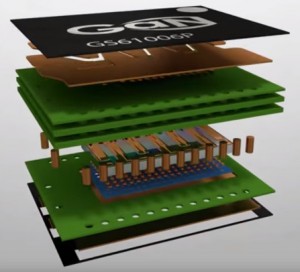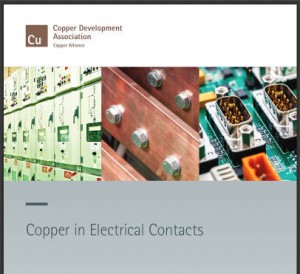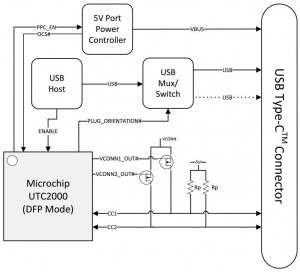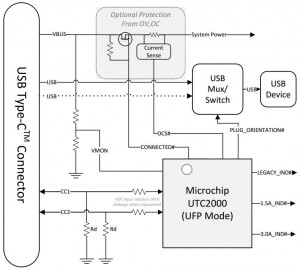
“If realised correctly, this vision of people and computational agents operating at a global scale offers tremendous potential” Jennings
A five year UK project has predicted the way humans will interact with intelligent computers.
“Instead of issuing instructions to passive machines, we will increasingly work in partnership with ‘agents': highly interconnected computational components that are able to act autonomously and intelligently, forming human-agent collectives [HACs],” said the University of Southampton, which lead the project, known as Orchid.
Agents can be in sensors collecting and analysing information to give the bigger picture of an emergency situation as it develops or in a smart meter monitoring the energy consumption in a home to recommend how occupiers might adapt to reduce energy cost and carbon footprint.
ORCHID Showcase: Re-inventing our relationship with computers
Its leader was Professor Nick Jennings, head of Southampton’s Agents Research Group.
Jennings said:
“It is simply unfeasible to expect individuals to be aware of the full range of potentially relevant possibilities and to be able to pull them together manually. Computers need to step up to the plate and proactively guide users’ interactions based on their preferences and constraints.
This shift is needed to cope with the volume, variety and pace of the information and services that are available.
In so doing, greater attention needs to be given to the balance of control between people and machines.
If realised correctly, this vision of people and computational agents operating at a global scale offers tremendous potential and will help us meet the societal challenges of sustainability, inclusion, and safety.”
Results are to be presented at the Royal Academy of Engineering in London later this month.
Examples on display will include:
Joulo
A home heating advice system that uses a temperature logger and on-line algorithms to provide feedback to households on how they are using their current heating system, along with autonomous intelligent home heating agents that learn the comfort preferences in order to provide efficient comfortable control.
AtomicOrchid
A mobile mixed-reality game in which first responders work with a response headquarters to rescue as many casualties as possible. “This game has allowed researchers to study team coordination and understand how human responders can be supported by computational agents that assist the planning and execution of the rescue mission, including the coordination of multi-UAV {drone] deployments,” said the University.
Japan Nuclear Crowd Map platform
Following Fukushima, citizen scientists deployed sensors and up-loaded data to help track the spread of airborne radioactive particles. To identify accurate information, the platform combines reports from thousands of sensors and uses machine learning algorithms to correct for biases and noise and weed out defective sensors.
Orchid was a £10m project (£5m from EPSRC, £5m from from project partners) with around 60 researchers from the universities of Southampton, Oxford and Nottingham, together with BAE Systems, Secure Meters UK, Rescue Global and the Australian Centre of Field Robotics.
The project has employed and trained 50 research fellows and PhD students, and generated over 200 publications, of which 40 are collaborations between the partners and half involve an international co-author.
“The Orchid legacy includes the development of 25 new academic collaborations and follow-on grants worth £15m. Orchid researchers have organised 25 major conferences and workshops and won over 20 prizes, awards and best papers,” said Southampton.







